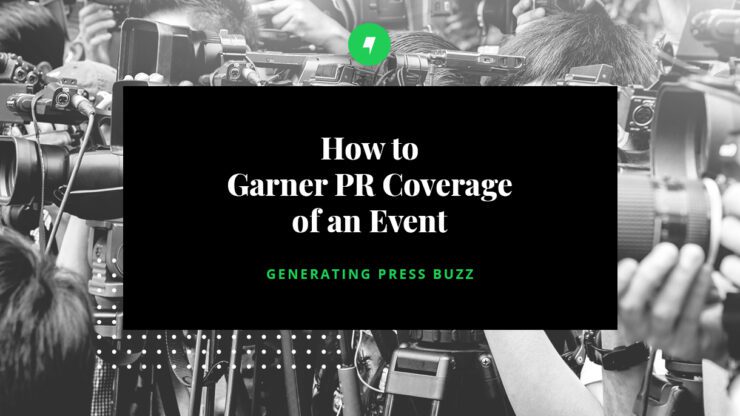“A picture is worth a thousand words” is a phrase that comes to mind when planning strategic events for clients. Sometimes in public relations it is more impactful to demonstrate or convey something in-person at an event rather than describing it with words. If done properly, planning and executing a strategic event, such as a construction milestone or press conference, is an impactful way to increase awareness and visibility in the market.
Once you have decided to host an event, it’s important to be strategic in your outreach and follow-up to the media. Below are some tips to consider before, during and after planning an event to help ensure media coverage.
Planning the event: Here are a few key things to keep in mind throughout the planning process.
· Timeliness: When planning an event, it is important to be mindful of current events and/or any major happenings in the region that could be a conflict. For example, it wouldn’t be a good idea to host an event on the same day that you know something major is going on in the media market, as it will likely decrease your chances of getting cameras for your event.
· Compelling speakers: It’s always important to have a hook for your event, and ensuring there is a roster of compelling speakers (with thoughtful talking points prepared) is a great way to get the media interested. Whenever possible, consider including elected officials, company leadership, and any other relevant thought leaders.
· Strong visuals: Another important aspect of planning a successful event is having a strong visual for the camera. A group photo opportunity or an action shot, such as a topping out or ribbon cutting, are all good examples of strong visuals for new cameras.
Inviting media to attend: Once the event is planned, the next step is to invite and garner media interest.
· Media advisory: A media advisory is an effective tool to communicate with newsdesks about an upcoming event. Include only the most important details (think: who, what, when, where, why?) and make a specific mention of any noteworthy visuals or attendees.
· Media list: In addition to the newsdesks, make sure the correct reporters are being targeted to attend and cover the event. Just like any media outreach, do your research before you pitch!
· Distribute the news: Don’t wait until the day before the event to distribute the news. Always provide enough notice so newsdesks and reporters can plan accordingly.
Post-event outreach: The work isn’t done after the event, the last step is to follow-up.
– Send photos and video: After the event (the sooner the better), it’s important to follow-up with reporters with an image if applicable and to see if they need any additional information, would like to schedule a follow-up interview, etc. The post-event outreach always provides an opportunity to send video footage to any newsdesks who weren’t able to attend the event.
It’s challenging to predict media attendance and coverage of an event, but following the steps outlined above can help make the process more seamless.
Posted In Media Relations
 Emily Kanter
Emily Kanter 